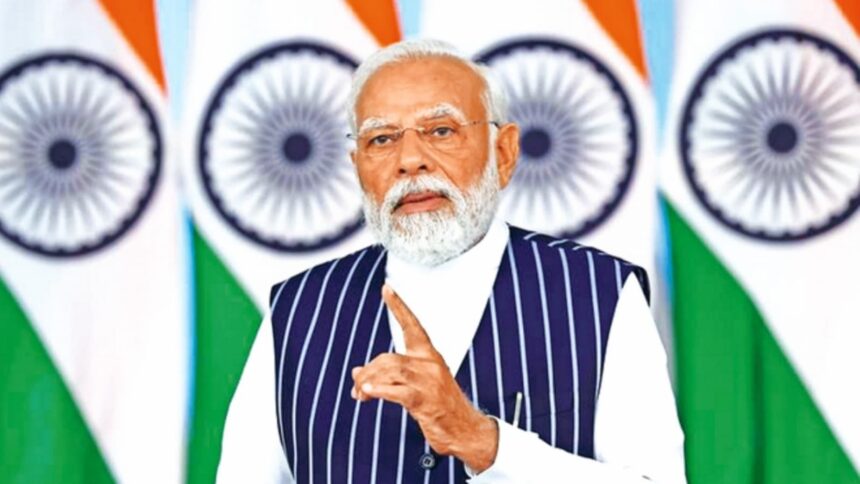The Centre said incidents of violence by Left Wing Extremism (LWE) have reduced to 374 in 2024 from its highest level of 1936 in 2010, on Saturday.
While the incidents of violence by LWE saw a reduction of 81 per cent, “the total number of deaths, including civilians and security forces, has also reduced by 85 per cent — from 1005 deaths in 2010 to 150 in 2024,” a government press release said.
Prime Minister said, “It is true that Maoist violence had stalled the progress of many districts in Central and eastern India. That is why in 2015, our government formulated a comprehensive ‘National Policy and Action Plan’ to eradicate Maoist violence.”
“Along with zero tolerance towards violence, we have also focused on a massive push toward infrastructure and social empowerment to bring a positive change in the lives of the poor people in these regions,” he said.
The press release said, “Recently, in one of the biggest anti-Naxal operations in the country’s history, security forces achieved a major breakthrough in the fight against LWE along the Chhattisgarh-Telangana border.”
It said a massive operation was carried out between April 21 and May 11 2025, in the Karreguttalu Hill (KGH) region — a known stronghold of Naxalite groups.
The number of LWE-affected districts reduced from 126 to 90 in April 2018, 70 in July 2021 and to 38 in April 2024.
The release also said, “In the last 10 years, over 8,000 Naxalites have abandoned the path of violence, and consequently, the number of Naxal-affected districts has reduced to fewer than 20.”
“In recent years, India’s multidimensional counter-LWE strategy — combining security enforcement, inclusive development, and community engagement — has delivered significant success,” the press release said, adding that the movement has been weakened, violence has declined and many LWE-affected districts are being reintegrated into the national mainstream.
“The government of India is committed to completely eliminate Naxalism by March 31 2026, since Naxalism is seen as the biggest obstacle in the development of remote areas and tribal villages, as it prevents education, healthcare, connectivity, banking, and postal services from reaching these villages,” said the statement.








